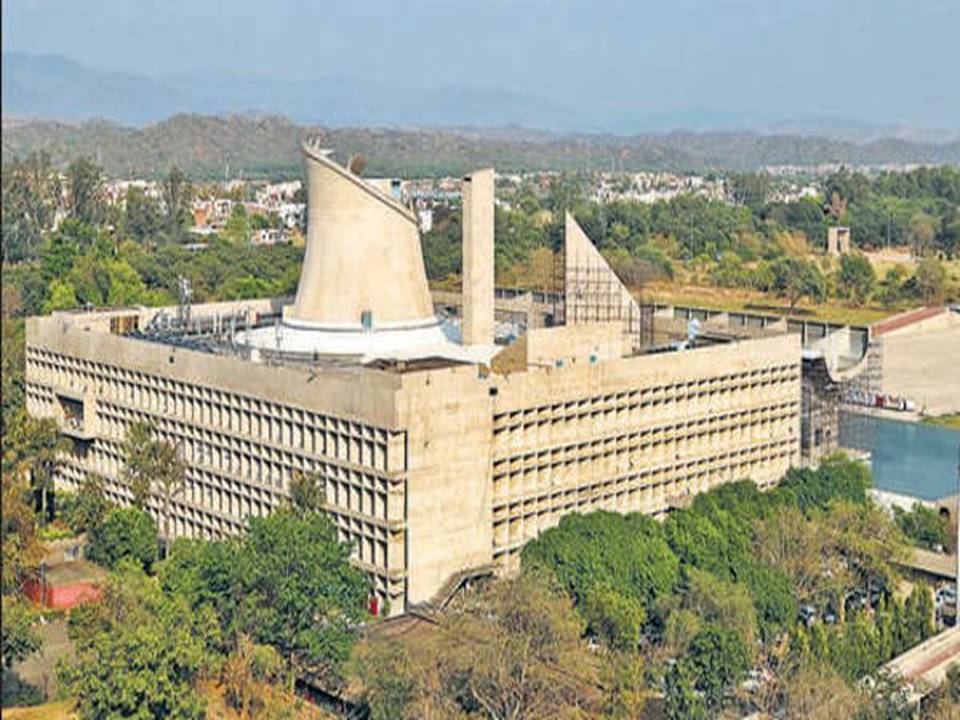Description
The Edict of Chandigarh was established by Le Corbusier, Chandigarh's planner. Urban planners and health specialists have described the decree as a compulsory rule book on city development established by Le Corbusier. When he was designing the city, he intended the residents to be the city's guardians.
The purpose of the Edict
The goal of the Edict is to educate future and current people about fundamental principles connected to city planning so that they can become the city's guardians and saviours, thereby protecting the city from the whims of individuals. This Edict also establishes some fundamental notions concerning city development.
What does the Edict have to say about statues?
This Edict declares that the age of statues is passed. It further states that no personal monuments should be constructed in Chandigarh's parks or around the city. The Edict states that Chandigarh has been constructed in such a way that it would exude a new sublimated spirit of art. Personal memorials should be confined to carefully place bronze plaques, and sculptures are absolutely banned. As a result, erecting a Martyr's statue in Punjab's legislature would be a violation of the injunction.
Other restrictions imposed by the Edict?
The Edict has established a list of what is permissible and what is banned. Along with the prohibition on erecting sculptures, this Edict also prohibits marketing and noise at Sukhna Lake. The Edict specifically mentions key parks in Chandigarh, such as Rajendra Park and Leisure Valley, and states that no clearance would be granted for unplanned structures.
For more Updates and Information - Click here
For access to more than 10,000 Colleges - Click here
For Latest Sarkari Jobs - Click here
For Comprehensive Preparation of Sarkari Job Exams - Click here
For Comprehensive Preparation of Competitive Exams - Click here
For School Studies and Exams Preparation across Eight Boards - Click here










